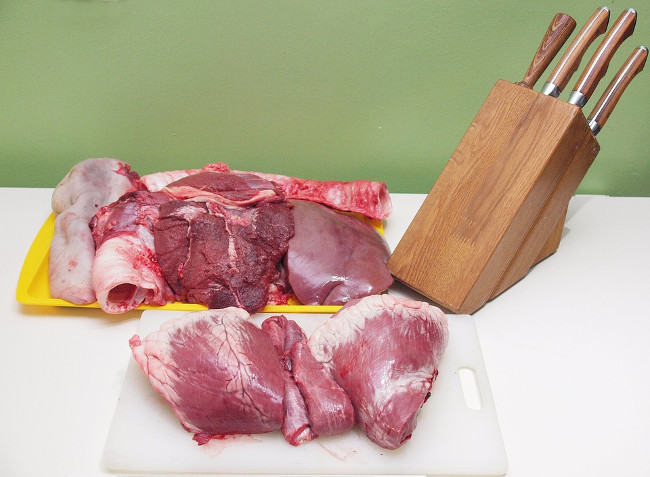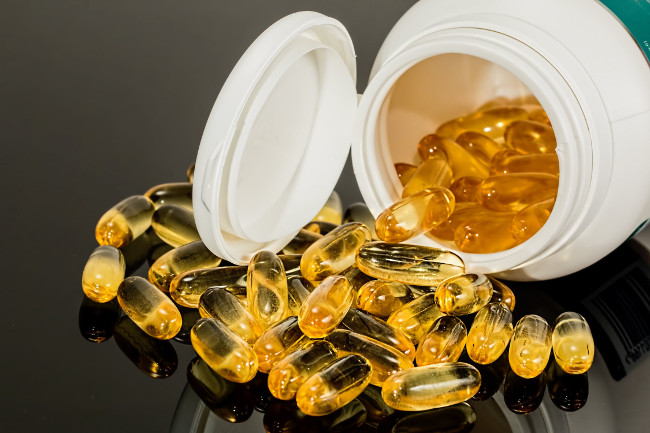We all know by now that we are what we eat and there is a lot of information out there designed to help us live a healthier lifestyle, led by a good diet. But there is so much information flying around that it’s sometimes difficult to understand what needs to be consumed to be considered a healthy diet.
A 2014 study suggested that 40% of Americans were deficient in calcium, magnesium and vitamins A, C and D so, this is definitely a problem that needs to be addressed.
The 2 nutrients consist of macronutrients (proteins, carbohydrates and fats) and micronutrients (vitamins and minerals) and while we all know full well that we’re eating the first kind, it turns out that a lot of people miss out on the essential vitamins, macrominerals and trace minerals that we need to keep our body healthy. Why is this? Well, as the name suggests, we only need tiny amounts of these in our diet to keep healthy and this means that some people miss them out completely. But before we can learn how to fit micronutrients into our diet, we need to understand a little more about them.
Different types of micronutrients

The first type of micronutrients that you need to be aware of is vitamins. You probably already have a fair idea about vitamins and a general concept of how they fit into your health and diet but the important thing to remember is that these elements are not all made in the body. They need to be consumed through food and, in some cases, gained from other sources like the sun. There are countless vitamins to consider including: vitamin A, vitamin B, B1: thiamin, B2: riboflavin and vitamin C: ascorbic acid,
Some vitamins like Vitamin C are also antioxidants and provide support for over 300 metabolic functions including tissue growth and repair. Vitamin C can be found in everything from green peppers to citrus fruits and if you’re found to be deficient, then you’re likely to have issues with bleeding gums and potentially more bruises than usual.
There are also microminerals, which we need more of than the level of vitamins required for our body – these are essential for everything including bone structure, tissue structure and muscular contraction. Calcium, magnesium, phosphorus, sodium and sulphur are all examples of microminerals.
Now, we’ve mentioned sodium and we are referring to salt but this doesn’t mean you can start dowsing all of your favourite foods in salty goodness as you only need a tiny amount of salt for the body to function effectively. It helps with everything from nerve signalling to fluid balance and you only need 1,5000 mg a day for your body to function properly. Don’t be tempted to cut salt out entirely though (if that’s even possible, it can be found in most processed foods!) as you need it.
With trace minerals you only need a small amount and they are often gained by consuming other nutrients. For example, when you consume B12, you also get cobalt. Other examples include boron, chromium, copper and fluoride.
Fluoride is perhaps the most interesting one because you find this in toothpaste as it is the substance that stops tooth decay and cavities. It can also be helpful to ensure bone growth stimulation. We are not telling you to start eating your toothpaste, you can get natural sources of fluoride from root vegetables and you need between 3 and 4 mg a day to remain healthy.
The most common deficiency

If you’re wondering what the most common deficiency is in the world today, studies suggest that it is iron. This is an issue globally and individuals who are experiencing growth spurts or blood loss are most at risk of this – this means that young children, adolescents and pregnant women are all at risk. Vegetarians will also typically be at risk of this issue because they do not get their heme iron, which is derived from animal proteins.
With an iron deficiency, you are likely to experience a range of symptoms including a rapid heart rate and issues with cold temperatures. People who are anaemic will also typically suffer from increased levels of fatigue and may struggle to function throughout the day.
Fitting micronutrients into your diet

If you want to understand just how important micronutrients are for your health, then you really only need to look at the curriculum for online sports nutrition qualifications. Here you’ll find that learning about micronutrients and what they provide for the body and your health is a key part of the course. But that doesn’t mean that it’s only experts who need to know about these, we all do to ensure that we keep our bodies fit and healthy.
So, now you know how important these are, we need to think about how to fit them into your diet. Well, the first step is easy enough, you need to make sure that you eat more vegetables to provide you with a solid number of the micro-vitamins you need.
Aside from C and D, the vitamins that you need to keep your body healthy can be found in those good-old leafy greens. You’ll want to focus on things like broccoli and kale but you can also mix it up with fruits and nuts too. The key here is to make sure that you are consuming a wide variety of vegetables rather than a set type or amount. People who want to hit all the micronutrients in their diet without the use of supplements will choose the veg and then build the meat around it – this is in direct contrast to typical meal planning where the meat is chosen first.
If you think you’re not getting the right level of micro-vitamins, you can think about using a multivitamin. But be careful, as research has shown that some minerals and vitamins will interact and increase absorptions, while others will have the opposite effect. So, while calcium and vitamin D work beautifully together, magnesium and calcium actually reduce the impact of one another. As such, you need to make sure that you are looking carefully at these and making sure that they aren’t providing a negative impact that you probably want to avoid.
If you want the best multivitamin, make sure that you consider one that is designed to be taken multiple times throughout the day. If it’s only designed to be taken once, there’s a better chance there are ingredients in there that are working against one another.
Can you measure your micronutrient intake?

As you’re probably aware of by now, there is a plethora of micronutrients, which makes it difficult to track how many you are getting in one day and, ultimately, is another reason why they are often missed. The best way to track micronutrient intake is through regular blood tests but this can be expensive and perhaps a little over the top. Unless you think that you are showing signs of a severe deficiency, then you should avoid this.
Now that you know everything there is about micronutrients, you should have no problem fitting them into your diet. If you do, you can avoid deficiencies that can cause serious health issues and even lead to the development of certain medical conditions. Micronutrients should be a key part of your daily diet and now, hopefully you understand what these are, you’ll find this is a lot easier.






















